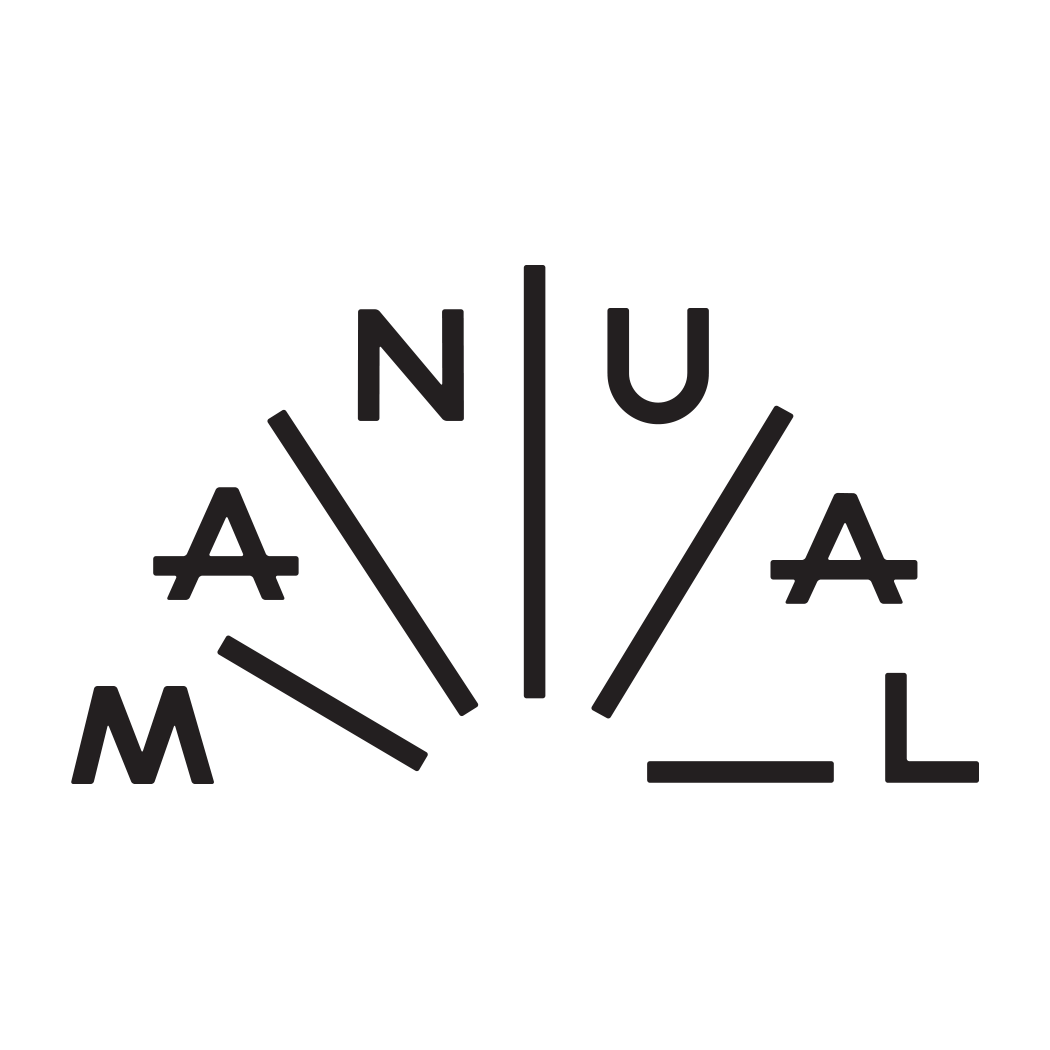Manual Coffeemaker Nº4 Brew Guide
One of the main reasons we designed Manual Coffeemaker Nº4 was to celebrate the ritual of manually brewing coffee—the tools, the process, and the pursuit of a perfect cup. What follows is a living guide to accessories, techniques, and tips to take your craft to the next level.
Recommended Accessories
Filters
We designed Nº4 to work with many types of filters:
Hario 02 filters - Better for slower brewing, small doses of coffee, or if you have a blade grinder (Amazon)
Kalita Wave 185 filters - Better for faster draw down, larger doses of coffee, use of burr grinder (Manual store, Amazon)
Able Mini Kone - a reusable metal filter (Amazon)
Burr Grinders
The most important piece in your coffee toolbox—a burr grinder create a more consistent grind than a blade grinder, and consistency means a more even extraction of coffee.
Baratza Encore - Baratza produces a line of high quality grinders—this is their entry level unit.
Baratza Virtuoso - the next step up from the Encore gives you less plastic and a faster grind. This is the one we use daily at the Manual studio.
Capresso Infinity - less build quality, but worthy
Porlex Mini - An extremely well-built hand grinder. This one only does enough coffee for one cup, Porlex also makes a larger version.
Pour-Over Kettles
A good pour-over kettle has a small thin pouring spout, which gives you better control of the water flow than a standard kettle.
Hario kettle - a modern classic, also comes in an electric version
Bonavita Electric Kettle & Bonavita variable temp electric kettle - not the most attractive, but push button hot water is mighty handy
Kalita Wave - the best kettle we've ever used. The control on this thing is outrageous, and the aesthetics are pure class.
Yoshikawa - this wooden-handled beauty is hard to come by in the States.
Kitchen Scales
Accurately measuring your dose of beans helps you get the right ratio of coffee to water, and ultimately helps you achieve more consistent results from cup to cup.
AWS Pocket Scale - Small, inexpensive, and super portable
Jennings CJ4000 - Much bigger, and built like a tank. Can also be plugged into a wall outlet. Used and abused by industry insiders.
Hario Scale - This one's more subdued than the average kitchen scale and has a timer built in, if you're into that.
Frequently Asked Questions
What type of filter should I use?
We designed Manual Coffeemaker to work with both cone-shaped as well as wave-shaped filters. Wave are better for faster draw down, larger doses of coffee, or if you have a burr grinder. Cone are better for slower brewing, small doses of coffee, or if you have a blade grinder. See above for links to purchase.
What kind of grind should I use?
When using cone filters, use a more coarse grind than most single cup pour-over brewers. Start out with a grind below what you might use in a French Press, perhaps near what you might use in a Chemex. If those references mean nothing to you, I would start more coarse, and work your way back until you hit a time/flavor profile you like. When using wave filters, you will want to grind more finely, like what you would use in a normal pour-over set up.
Cone filters seem to take a long time to brew?
Brewing on the Manual Coffeemaker should take 3-4 minutes—if it is taking longer than that, you will want to either: try wave filters, make your grind more coarse, try a more aggressive water pour in the middle of the grinds (not on the sides), or fold the cone filter a second time after creasing the seam. This breaks the seal between the filter and the glass, and allows the slurry to drain faster. Longer brew times on coarse grinds are less likely to overextract (which brings out bitter flavors), however the slurry temperature can drop below an ideal level, so it's important to keep the water flow consistent and hot.
How do I clean the Manual Coffeemaker?
At Manual, we rarely clean the entire brewer. We rinse the cone with hot water after pulling out the filter, catching the drips in the dirty carafe below. Then we wipe any errant drips on the bottom of the cone, and let the brewer air dry. Occasionally we use soap and hot water to scrub the carafe. The glass parts are dishwasher safe, but please use caution putting the brewer in a dishwasher, as other items may strike it and cause breakage.
How do I take care of the wooden base?
Coffeemaker Nº1: The base is meant to patina over time, but as with any wooden surface, standing water can damage the wood. We recommend treating the base with cutting board oil regularly to protect it from damage. To reduce the amount of liquid on the base, always pull a dripping filter out into a waste cup while the carafe is underneath.
Coffeemaker Nº2: The lacquered bamboo base can be wiped down with a soft cloth and a mild soap. Although it is liquid-resistant, do not submerge in water. To reduce the amount of liquid on the base, always pull a dripping filter out into a waste cup while the carafe is underneath.
Coffeemaker Nº4: The ceramic plates are all dishwasher safe




